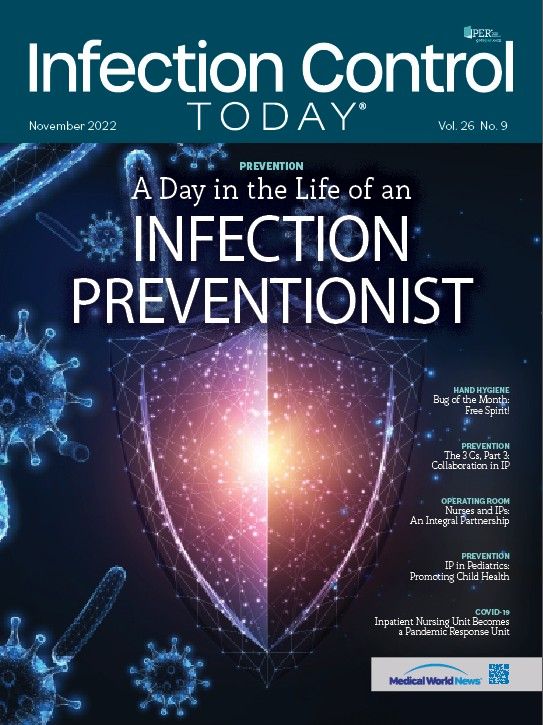CDC: Vaccine-Derived Polio Is Circulating in the United States
With this declaration the United States is put on a list of countries circulating the viruses, specifically noted in Rockland County, NY, where the vaccination rate is low and surrounding areas.
The Centers of Disease Control and Prevention (CDC)
(Adobe Stock)

(This article was first published on Contagionlive.com.)
The Centers for Disease Control and Prevention (CDC) announced today that polio viruses found in New York state meet the World Health Organization's (WHO) criteria for circulating vaccine-derived poliovirus (cVDPV). This announcement stems from both a single case of paralytic polio in an unvaccinated adult in Rockland County, NY, as well the viruses being found in several wastewater samples from communities near the patient’s residence. The cVDPV declaration means that polio continues to be transmitted in Rockland County, NY, and surrounding areas.
Back in August, the CDC sent a small team of federal investigators to New York State to investigate.
The Centers for Disease Control and Prevention (CDC) announced om September 13 that polio viruses found in New York state meet the World Health Organization's (WHO) criteria for circulating vaccine-derived poliovirus (cVDPV). This announcement stems from both a single case of paralytic polio in an unvaccinated adult in Rockland County, NY, as well the viruses being found in several wastewater samples from communities near the patient’s residence. The cVDPV declaration means that polio continues to be transmitted in Rockland County, NY, and surrounding areas.
Back in August, the CDC sent a small team of federal investigators to New York State to investigate. The single case of polio is reported to be an unvaccinated 20 year old man who contracted the virus and is said to have suffered paralysis. No other information is available about the patient’s condition.
Over the past weekend, New York Governor Kathy Hochul declared a state of emergency after this case of paralytic polio was determined. In the state of emergency declaration, it was stated that “local health departments are actively responding to the poliovirus outbreak through investigation support, contact identification and monitoring, vaccine administration for exposed contacts and focused current high-risk populations, and education and outreach…the State government must support the municipalities, localities, and counties in their efforts to facilitate and administer vaccinations and tests for poliovirus, and to prevent the disease from continuing to spread.”
This is the first case here in the United States since 2013. The last case to originate here was in 1979. Polio can originate from different countries and travelers can bring it back to the US.
And, genetically related polioviruses were detected in wastewater samples collected in Orange, Rockland, and Sullivan counties in New York in April, May, June, July, and August 2022.
The United States now joins a list of about 30 other countries where cVDPVs have been identified. Circulating vaccine-derived poliovirus occurs when local immunity to poliovirus is low enough to allow prolonged transmission of the original weakened virus in the oral polio vaccine.
As the virus circulates and more genetic changes occur, the virus can regain its ability to infect the central nervous system and cause paralysis. It’s important to note that cVDPVs are not caused by a child receiving the polio vaccine. The oral polio vaccine has not been used or licensed in the US since 2000 but continues to be used in some countries.
As part of a larger investigation, CDC is working with the WHO, the Pan American Health Organization (PAHO), and other international public health organizations in looking at wastewater samples outside the US. The virus’ genetic sequences from the patient from Rockland County, NY, and wastewater specimens collected in New York have been linked to wastewater samples in Jerusalem, Israel, and London, UK, thus indicating community transmission. The viral sequences from the patient and from three wastewater specimens had enough genetic changes to meet the definition of a vaccine-derived poliovirus (VDPV).
“Polio vaccination is the safest and best way to fight this debilitating disease and it is imperative that people in these communities who are unvaccinated get up to date on polio vaccination right away,” José R. Romero, MD, director of CDC’s National Center for Immunization and Respiratory Diseases, said in a statement. “We cannot emphasize enough that polio is a dangerous disease for which there is no cure.”
CDC said there have been no other additional cases of polio reported in the United States, and that today’s update does not impact the current CDC recommendations for polio vaccination for children or adults.
